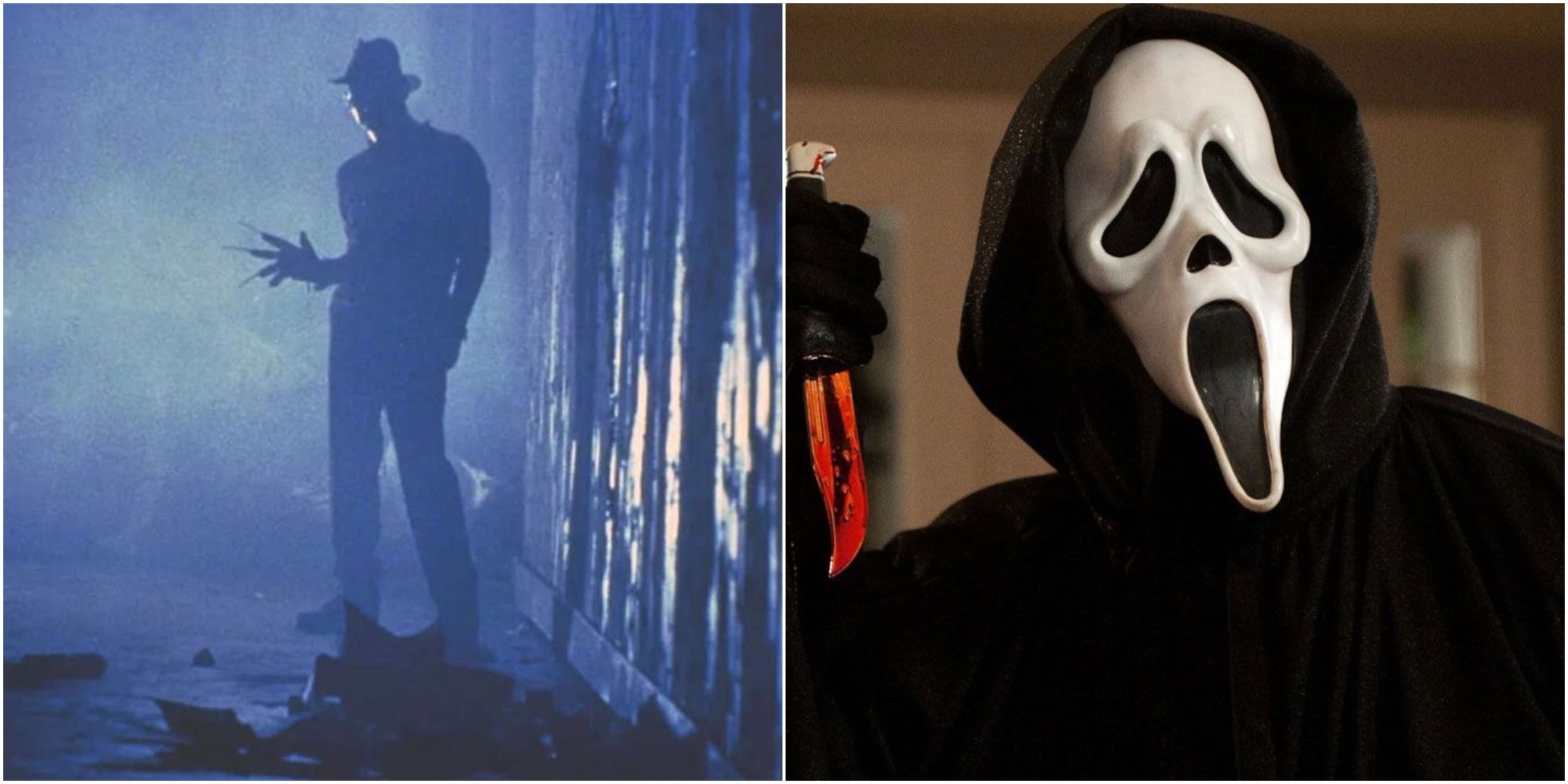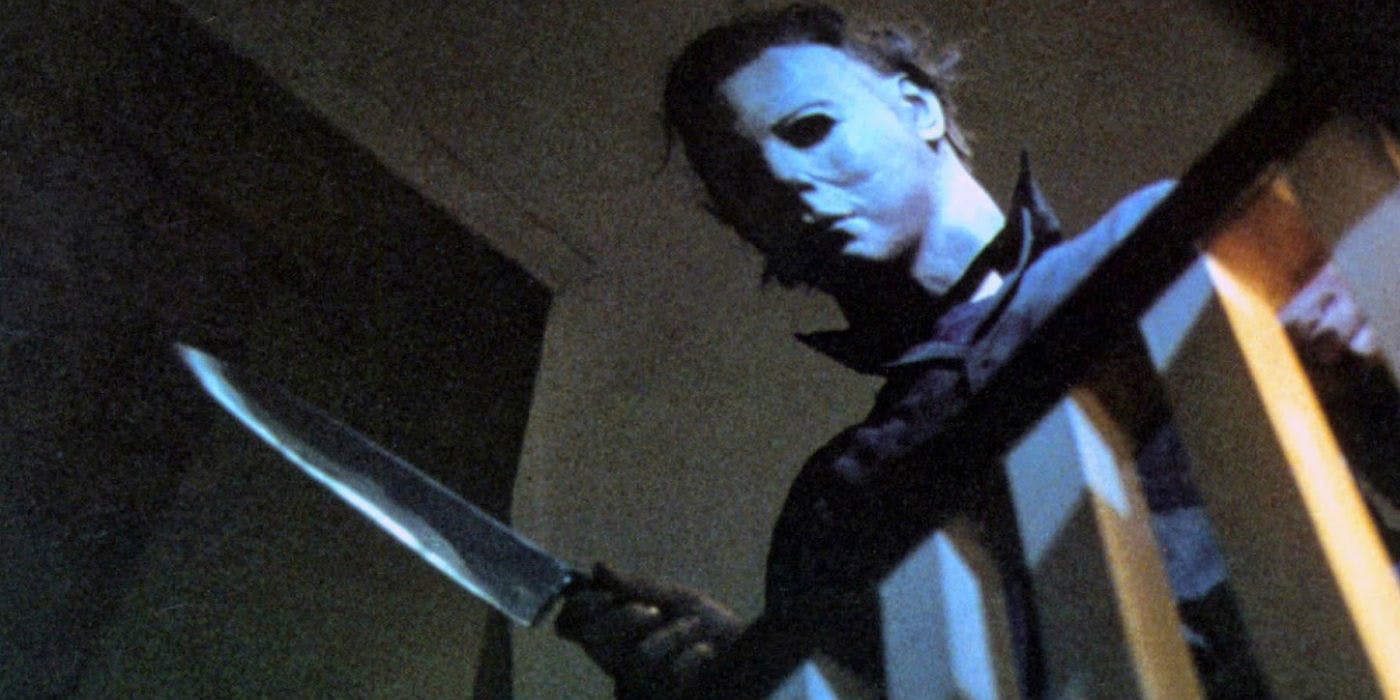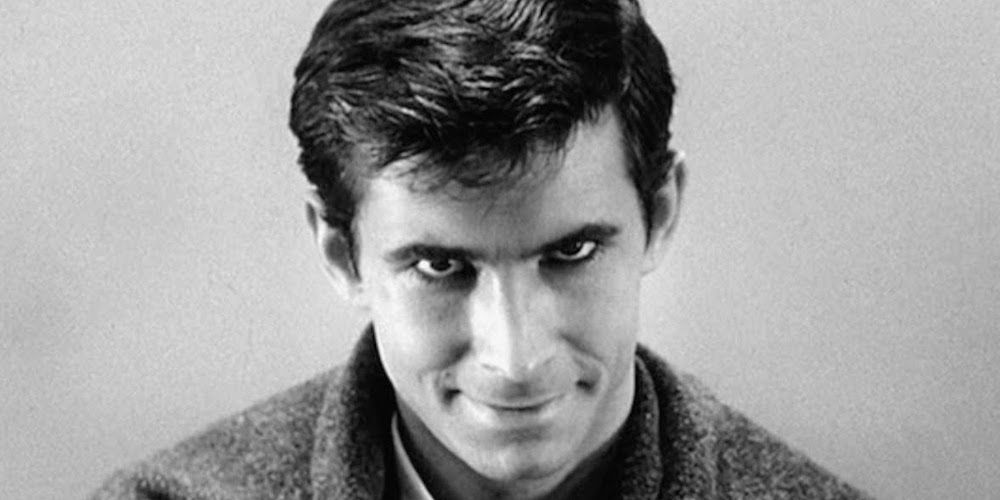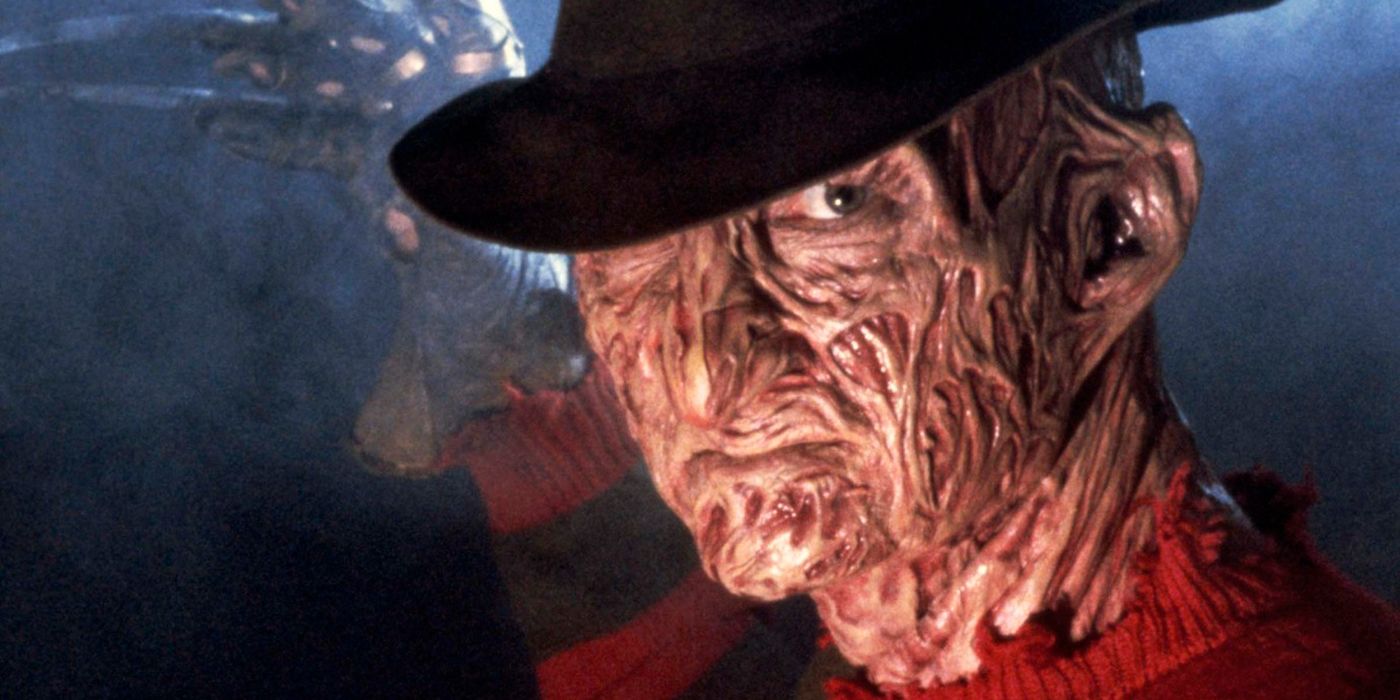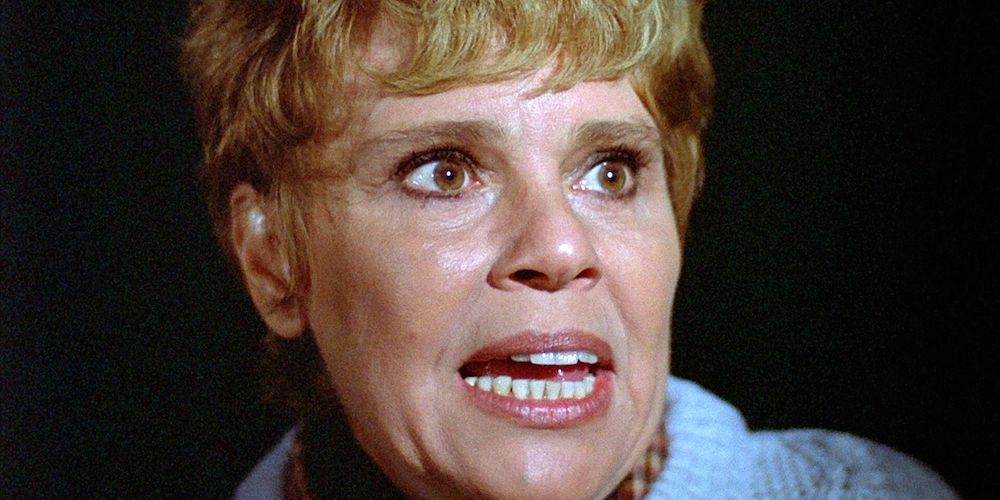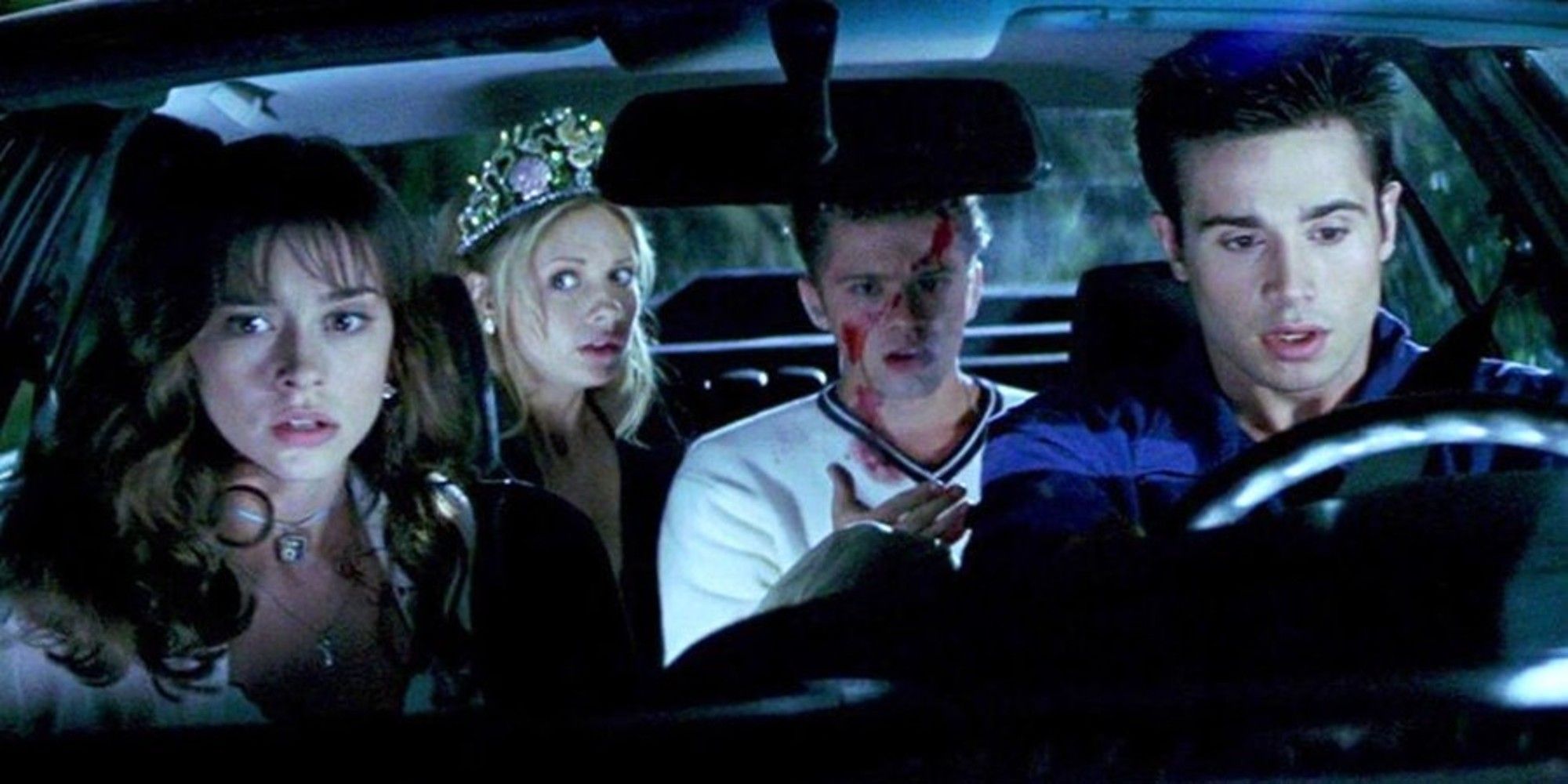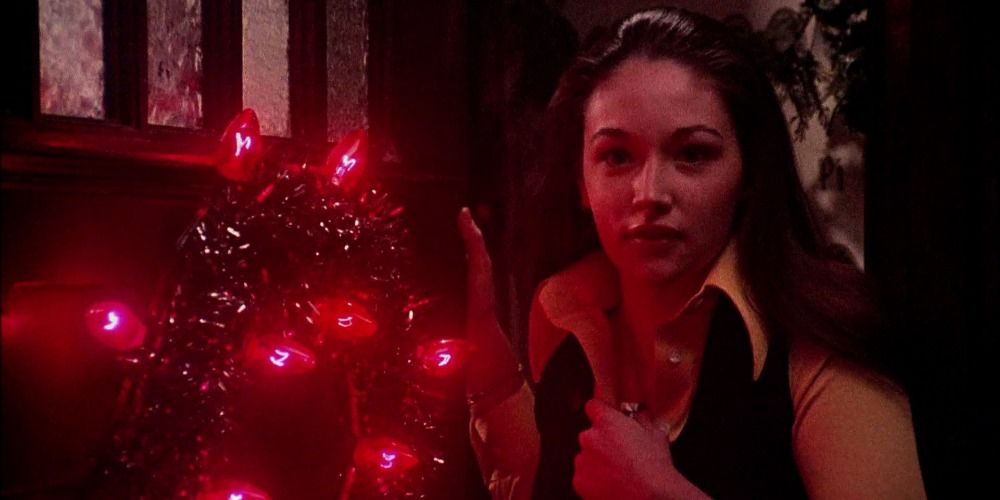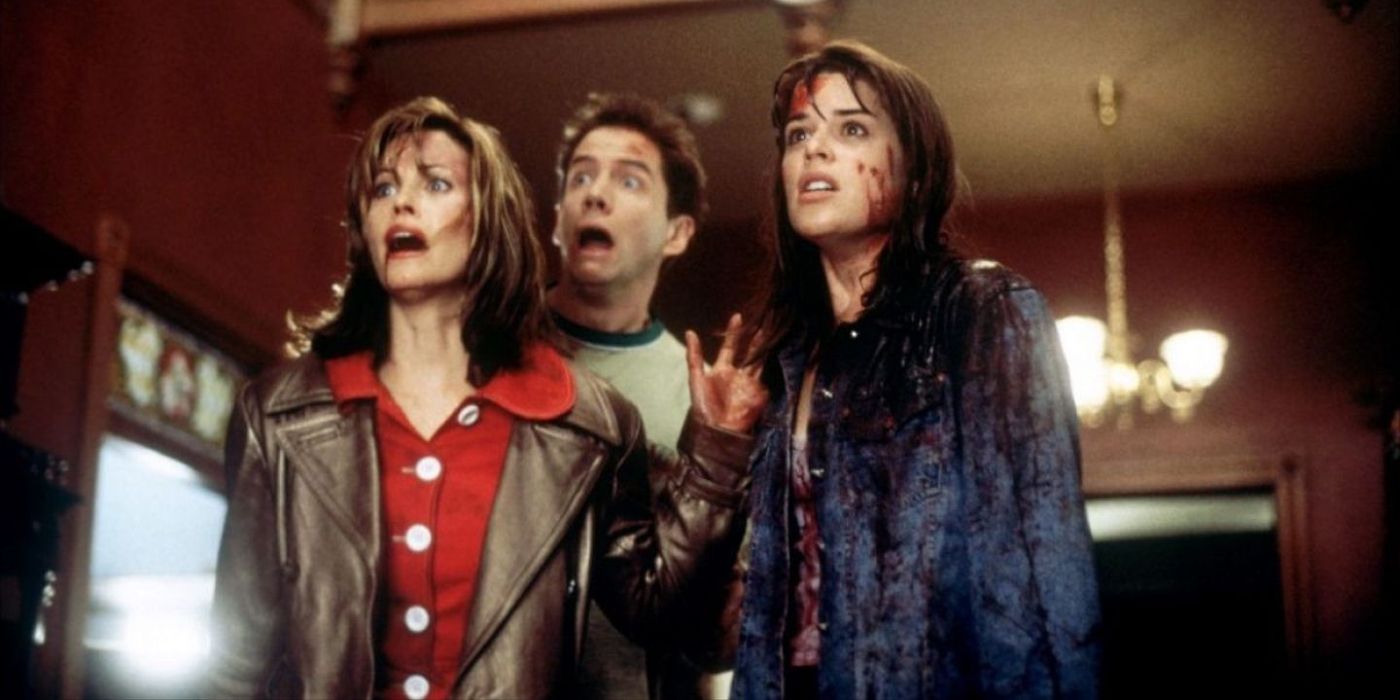The latest entry into the Scream franchise is receiving rave reviews and with good reason. While the new Scream film (the fifth entry in the franchise) continues with the meta-commentary that revitalized the horror genre in the mid-90s, the new film also introduces new twists and turns for a modern audience.
Now, if you’re a total newbie to the Scream franchise, and want to see why it’s so great, there are a couple of horror films you should watch before going to see the latest Ghostface killer rack up the kills.
'Halloween' (1978)
Halloween didn’t create the slasher genre where Scream made its home, but it did popularize it. In 1978, on a shoestring budget of a little over $300,000, John Carpenter and Debra Hill made horror movie history.
The premise was simple: A mysterious killer just known as “The Shape” comes back home to Haddonfield, Indiana to kill anyone that he comes across. The film made nearly $70 million at the box office during its theatrical run and is (rightfully) credited as a classic.
'Psycho' (1960)
Watching this old-school horror film will probably make you check every knock and cranny before getting in the shower. Alfred Hitchcock brought suspense and terror to Psycho, which, even outside the infamous shower scene, is a textbook example of how to make a movie that will keep the viewers on the edge of their seats.
This film would get three sequels (two of them were theatrical, one was made for TV), but none of them would come close to the original.
'A Nightmare on Elm Street' (1984)
By the mid-80s, slasher films were beginning to get derivative and stale. Then came Wes Craven and Freddy Krueger’s demented personality, and everything changed. A Nightmare on Elm Street automatically restored life in the slasher sub-genre and introduced more meta elements into the horror genre as a whole.
Freddy Krueger’s arrival signaled to horror moviemakers that a horror film could have both personality and frightening scares and kills. Freddy (masterfully played by Robert Englund) was unique in that he was the opposite of Michael Myers and Jason: he brought a lot of personality to terrifying the kids on Elm Street. 12-years-later, Craven would take some of the same ideas from A Nightmare on Elm Street and apply them to Scream, a horror film that would change the genre for decades to come.
'Friday The 13th' (1980)
While Halloween ignited the slasher sub-genre, Friday The 13th took the blueprint John Carpenter created (literally) and upped the ante in gore and kills. True, the first Friday The 13th wasn’t the introduction of Jason Voorhees (who wouldn’t be introduced as the main killer until Friday The 13th: Part 2 in 1981), but the film is a must-see to get the true feel of an unbashful slasher film that would make its mark on the horror genre for decades to come.
'I Know What You Did Last Summer' (1997)
Scream was the vanguard in re-igniting the horror genre in the mid-90s, and just like Halloween and Friday The 13th, that film unleashed a swarm of copycat films. Some were good, others were not so great. Thankfully, I Know What You Did Last Summer is of the former, with Jennifer Love Hewitt starring as the final girl in a film that featured a killer fisherman that stalks teens in a North Carolina beach town.
While the film has similarities to Scream (Kevin Williamson, who wrote the original Scream, also wrote this film), I Know What You Did Last Summer was more of a serious slasher than a meta/comedic one, and it hit all the right notes.
'Black Christmas' (1974)
It’s hard to fathom today, but when Black Christmas originally came out in 1974, it received a mixed reaction from critics. Once it was given a second look, critics quickly saw what the audience saw: a classic horror film. Black Christmas follows a group of sorority girls who get murdered one by one at the hand of a deranged killer.
The premise was simple enough, but the suspense and shocking plot twists are what earned it its reputation. Also, this is one of the first slasher films to have a political message, with the treatment of the female lead characters carrying a feminist message. Director Bob Clark and writer A. Roy Moore didn’t intend for Black Christmas to have a feminist-leaning, but that message is what truly makes the film stand out among early slasher films.
'Scream' (1996)
Before you flock to the theater to see the fifth installment, you have to check out the original that started it all. Back in 1996, horror films were on the downslide and in desperate need of a reinvigoration. Wes Craven, one of the godfathers of the genre, was thankfully up to the task, tapping into the talents of Kevin Williamson to create Scream.
While, on the surface, the film follows a similar plotline of its predecessors, Scream is unique in that the characters of the film were fully aware of all the horror genre tropes, which made it even funnier when we saw the characters breaking their own “rules” to survive a horror film. Scream completely changed the game when it was released in 1996, and the Ghostface killer can arguably be added to the Mount Rushmore of horror giants.

